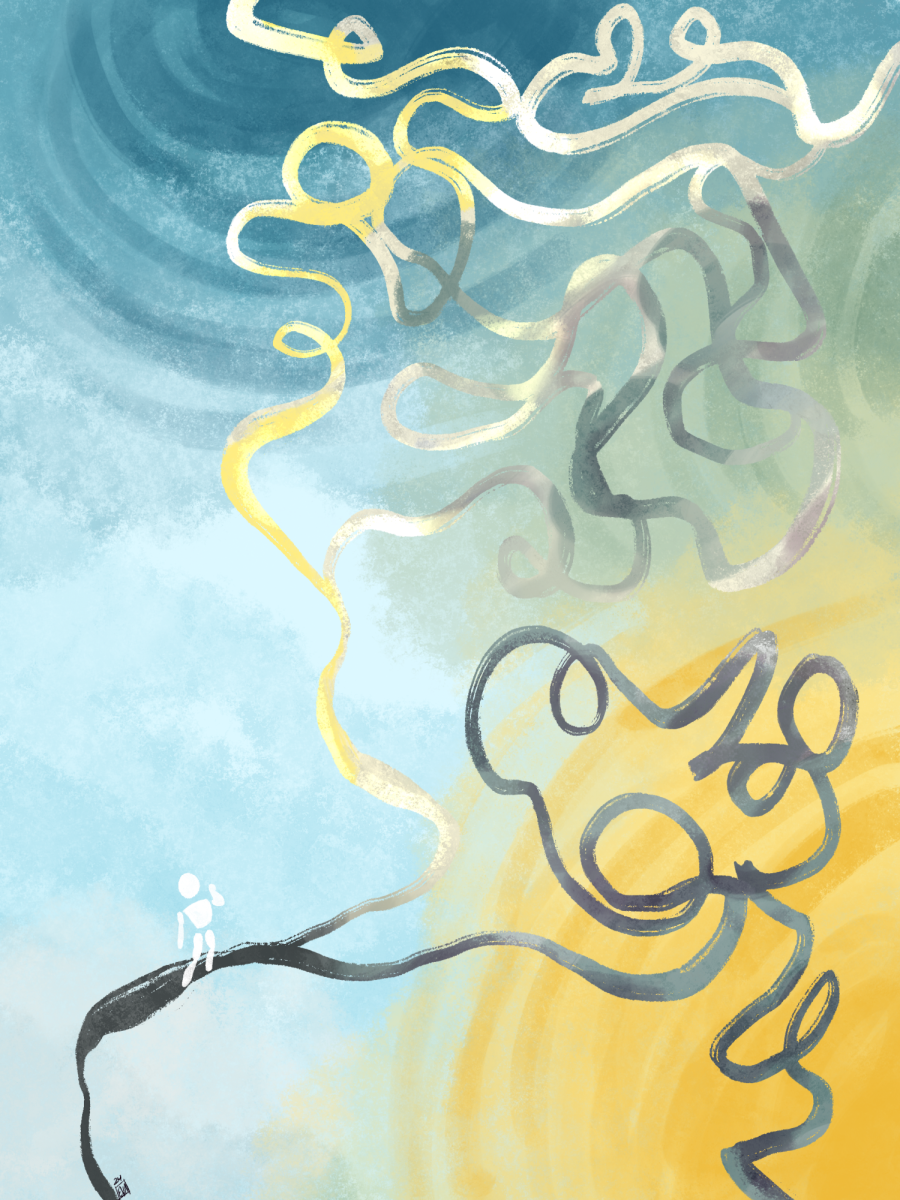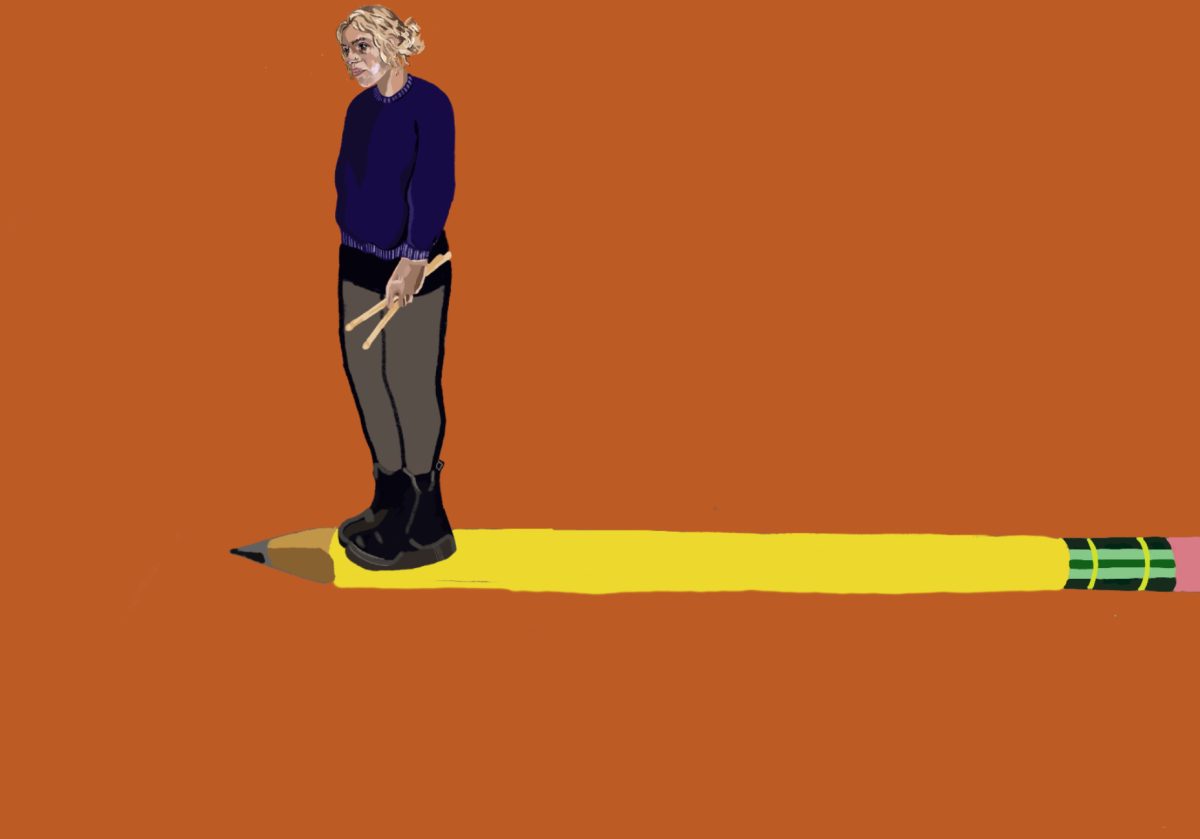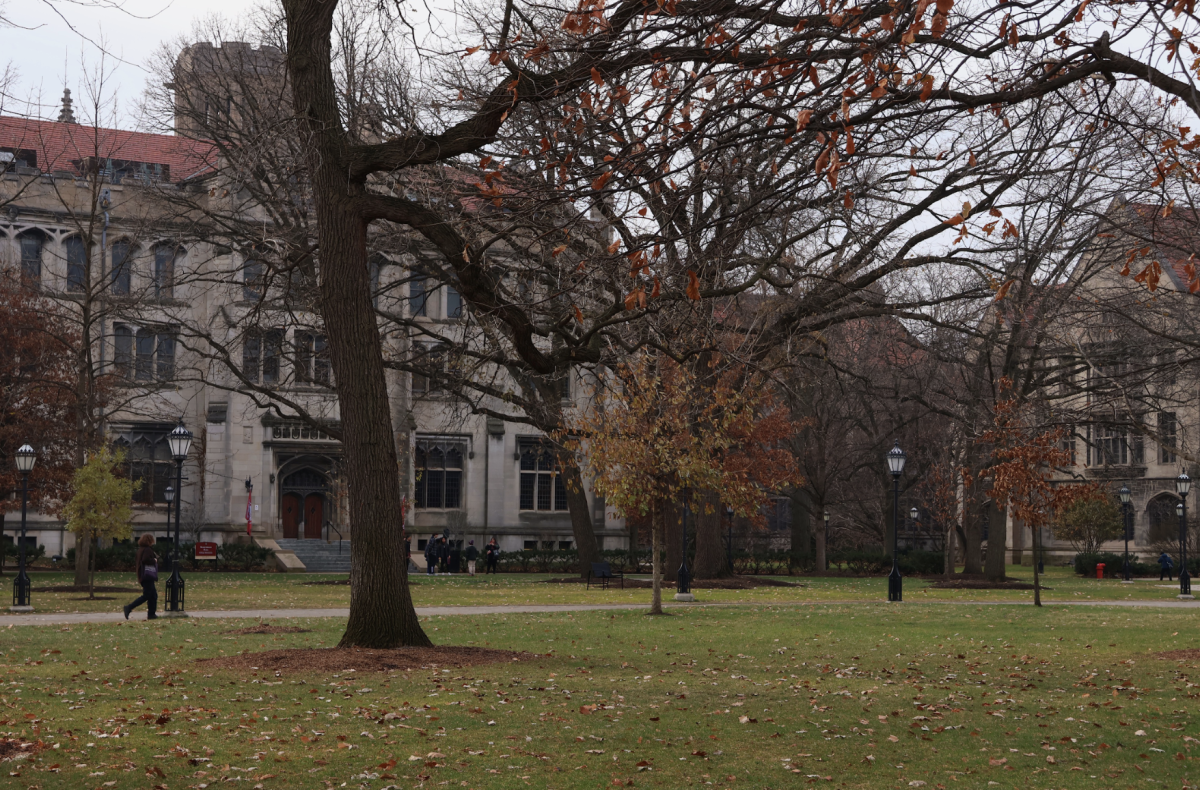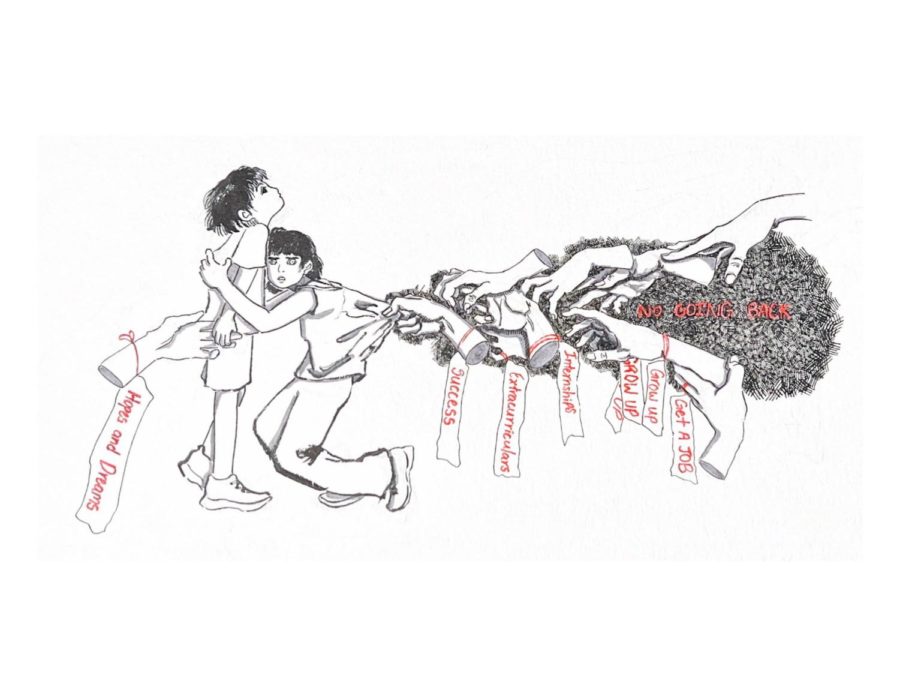Most students at UChicago have had to deal with endless inquiries about whether or not we are actually “safe” all the way on the South Side of Chicago. Concerned parents are full of questions about how the supposedly out-of-control violence of the city will affect their children, and whether or not campus is removed enough to create a solid barrier. While the University clearly strives to protect its students, after the recent surge in gun violence in 2016, it is becoming more difficult to combat rumors about just how safe Chicago really is.
The University has already implemented safety measures that are typical at urban universities: the blue light system, the UCPD’s safety escort program, and security guards at every corner make navigating the campus itself fairly secure. I can recall being flooded with information about getting around the city, security on the South Side, and the resources available to me even during O-Week. Even then, hearing the doubts of family members as we are sent off again after winter break strikes a familiar nerve. UChicago’s safety measures notwithstanding, can we truly feel safe on campus?
The first thing we need to keep in mind is that the University is constantly taking measures to create a safer environment for students. After the death of Ph.D. student Amadou Cisse in 2007, UChicago took immediate action to improve security on campus. The UCPD doubled its late-night police presence, and the University took steps to improve the way it shared emergency information. It is clear that whenever there is cause to increase precautions, no time is wasted: some may even feel that the University needs to do more. However, students must consider that these safety measures often come at a price. A well-funded, expansive private police force sounds reassuring to UChicago students, but makes life more difficult for many Hyde Park residents unaffiliated with the University. This is especially true in a city fraught with allegations of racialized policing and profiling.
Additionally, while attending UChicago, it is easy to ignore the rich cultural life that the South Side has to offer and let the stigma of crime overpower the positivity. Peering through the secluded bubble of our university, we only perceive the South Side through a violent lens. We are quick to go up in arms when there is an increased need for security, but there is a tendency to let the events of the South Side fall outside our realm of concern. To do this is to ignore the beauty of the South Side while unfairly highlighting only its pitfalls.
Rather than perpetuating an incomplete perception of Hyde Park’s crime, students should focus on investigating the circumstances that caused the surge in crime in 2016, and asking themselves what they can do as members of the community to combat these problems most effectively. Once we start to see ourselves as observers of the South Side rather than active participants in its culture, we lose the ability to address the issues that face the city as a whole. As a starting point, it is important to consider the fact that violent crime has actually gone down in Hyde Park: students at UChicago are in fact members of one of the South Side’s safest neighborhoods. To understand the reality of crime in the South Side, students also have to consider the problematic history of the city itself: namely Chicago’s long history of race-based housing segregation. The South Side is often used as a political tool, as politicians paint its problems in broad strokes rather than considering the many nuances of urban crime.
Most importantly, we cannot choose to only pay attention to the South Side when there is talk of danger. The past year in Chicago was also full of impressive musical performances, a thriving arts culture, and a series of powerful protests to which UChicago students are no strangers. In the same way, we have to make ourselves part of the solution, rather than contributors to the stigma that surrounds the South Side. It is our job to circulate the positive experiences we have had in Hyde Park while also thinking critically about what we can do to effect change. Paying attention to our safety is obviously important, but in the process, we cannot marginalize the South Side residents that live beyond campus. The South Side cannot be perceived merely as a setting we must endure as UChicago students but rather as a diverse community in which we are all active participants.
Ashvini Kartik-Narayan is a first-year in the College.








